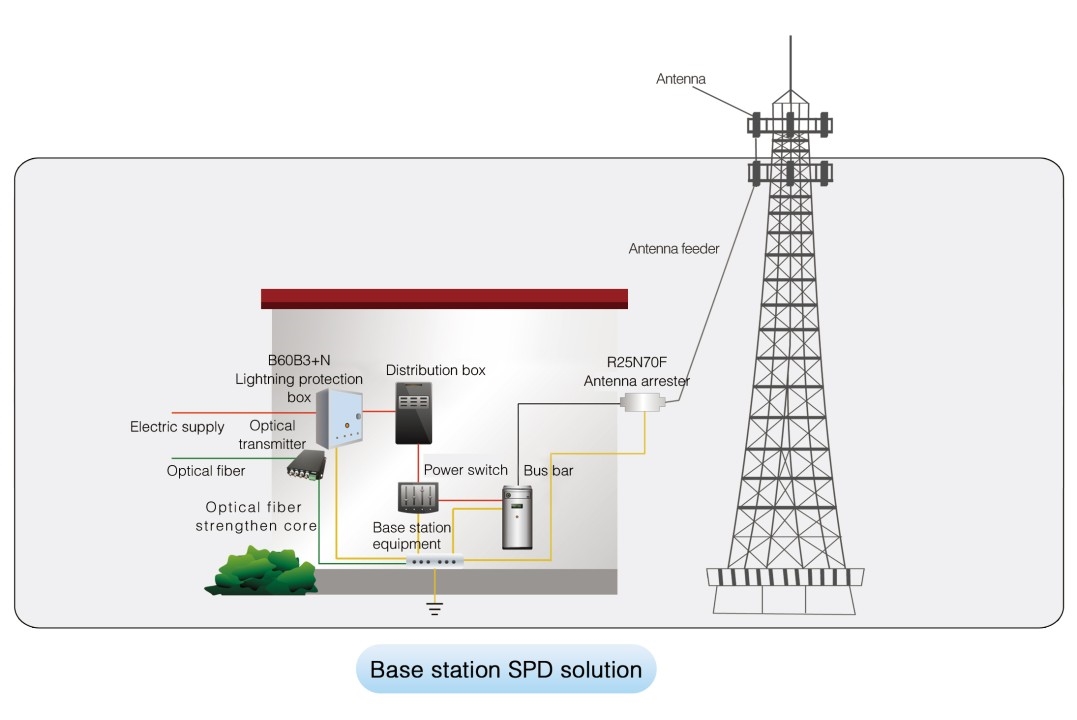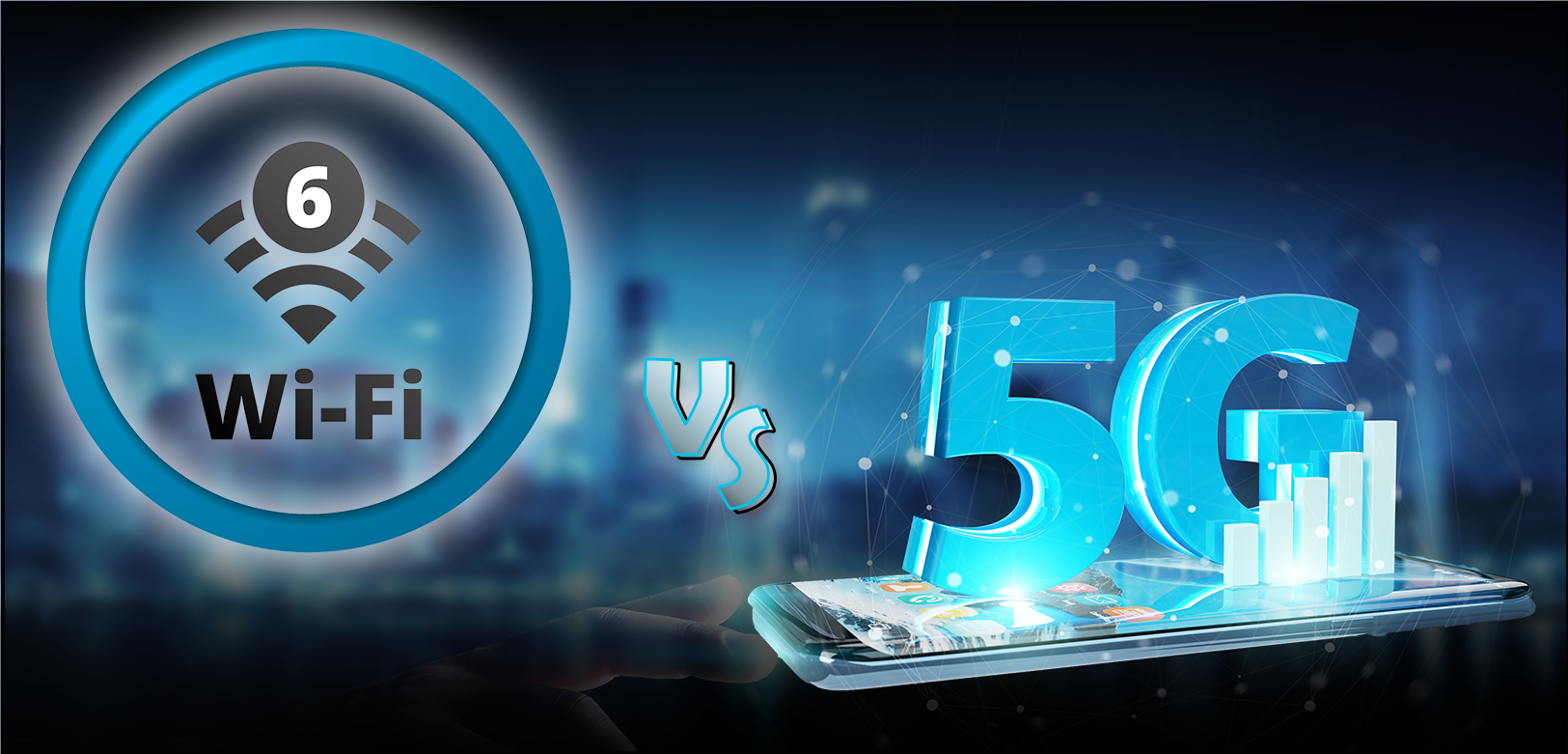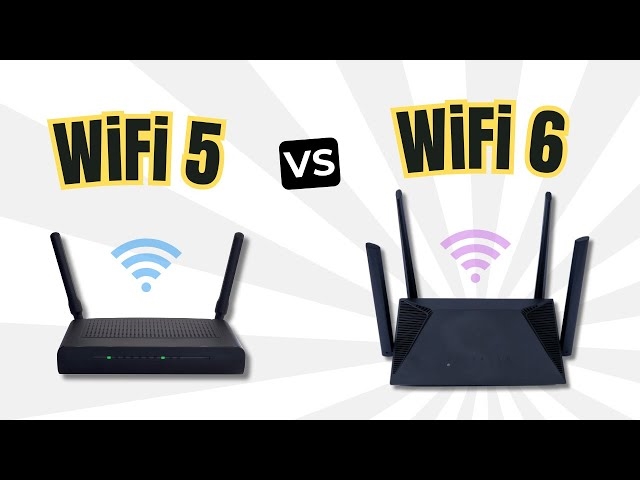Overview
This article explains the differences between 5 GHz Wi-Fi and traditional Wi-Fi, compares 5G cellular bands with Wi-Fi and Wi-Fi 6, and addresses compatibility between Wi-Fi 5 extenders and Wi-Fi 6.
5 GHz Wi-Fi vs. Traditional (2.4 GHz) Wi-Fi
5 GHz Wi-Fi and traditional Wi-Fi refer to different usage of wireless LAN frequencies and supporting standards. Key differences include:
- Standards: 5 GHz Wi-Fi typically uses IEEE 802.11ac and IEEE 802.11ax standards, while traditional Wi-Fi commonly uses IEEE 802.11a/b/g/n.
- Throughput: 5 GHz Wi-Fi can deliver higher throughput, potentially reaching several Gbps under ideal conditions, whereas traditional 2.4 GHz Wi-Fi is typically limited to lower maximum rates (for example, up to a few hundred Mbps depending on the standard).
- Frequency band: 5 GHz Wi-Fi operates on the 5 GHz band, while traditional Wi-Fi usually operates on the 2.4 GHz band.
- Bandwidth and channels: The 5 GHz band supports wider channel bandwidths and more non-overlapping channels, which reduces congestion and interference and increases overall network capacity. The 2.4 GHz band has fewer channels and is more prone to interference.
- Network efficiency: Newer 5 GHz standards, especially IEEE 802.11ax, include technologies such as OFDMA and MU-MIMO to handle multiple devices more efficiently; older 2.4 GHz standards do not support OFDMA and have more limited MIMO capabilities.
- Power management: IEEE 802.11ax introduces Target Wake Time (TWT), which can reduce device power consumption and extend battery life. Older standards on 2.4 GHz do not include TWT.
5G Cellular Bands vs. Wi-Fi and Wi-Fi 6
There is an important distinction between 5G cellular bands and Wi-Fi/Wi-Fi 6:
- Definition and frequency ranges: "5G bands" refers to frequencies used by fifth-generation cellular networks, which include low, mid, and millimeter-wave ranges. These cellular bands are managed by mobile network operators and regulators.
- Performance and deployment: 5G cellular bands can provide very high mobile data rates, lower latency, and increased capacity, but achieving wide coverage and high performance often requires denser base station deployments and more costly infrastructure.
- Wi-Fi operation and deployment: Wi-Fi and Wi-Fi 6 operate in unlicensed 2.4 GHz and 5 GHz bands (and in some regions also 6 GHz). While Wi-Fi may not match the top speeds of certain 5G deployments, it is generally more economical for local area networks and is suited to home, office, and public hotspot environments that are managed via routers and access points.
- Typical use cases: 5G is primarily targeted at mobile communication scenarios, such as smartphones and other devices in motion. Wi-Fi and Wi-Fi 6 are well suited to fixed local networks in homes, enterprises, and public venues.
Are Wi-Fi 5 Extenders Compatible with Wi-Fi 6?
Wi-Fi 5 (802.11ac) and Wi-Fi 6 (802.11ax) differ in several technical aspects, including higher data rates, more efficient spectrum use, and lower latency in Wi-Fi 6. A Wi-Fi 5 extender that does not support the 802.11ax protocol will not provide the enhanced features of Wi-Fi 6 and may not interoperate with some Wi-Fi 6 specific functions.
However, many Wi-Fi 6 routers are backward compatible with Wi-Fi 5 devices at the basic 802.11 protocol level. If future Wi-Fi 6 features are important for your deployment, selecting an extender or access point that explicitly supports Wi-Fi 6 is advisable.
 ALLPCB
ALLPCB








